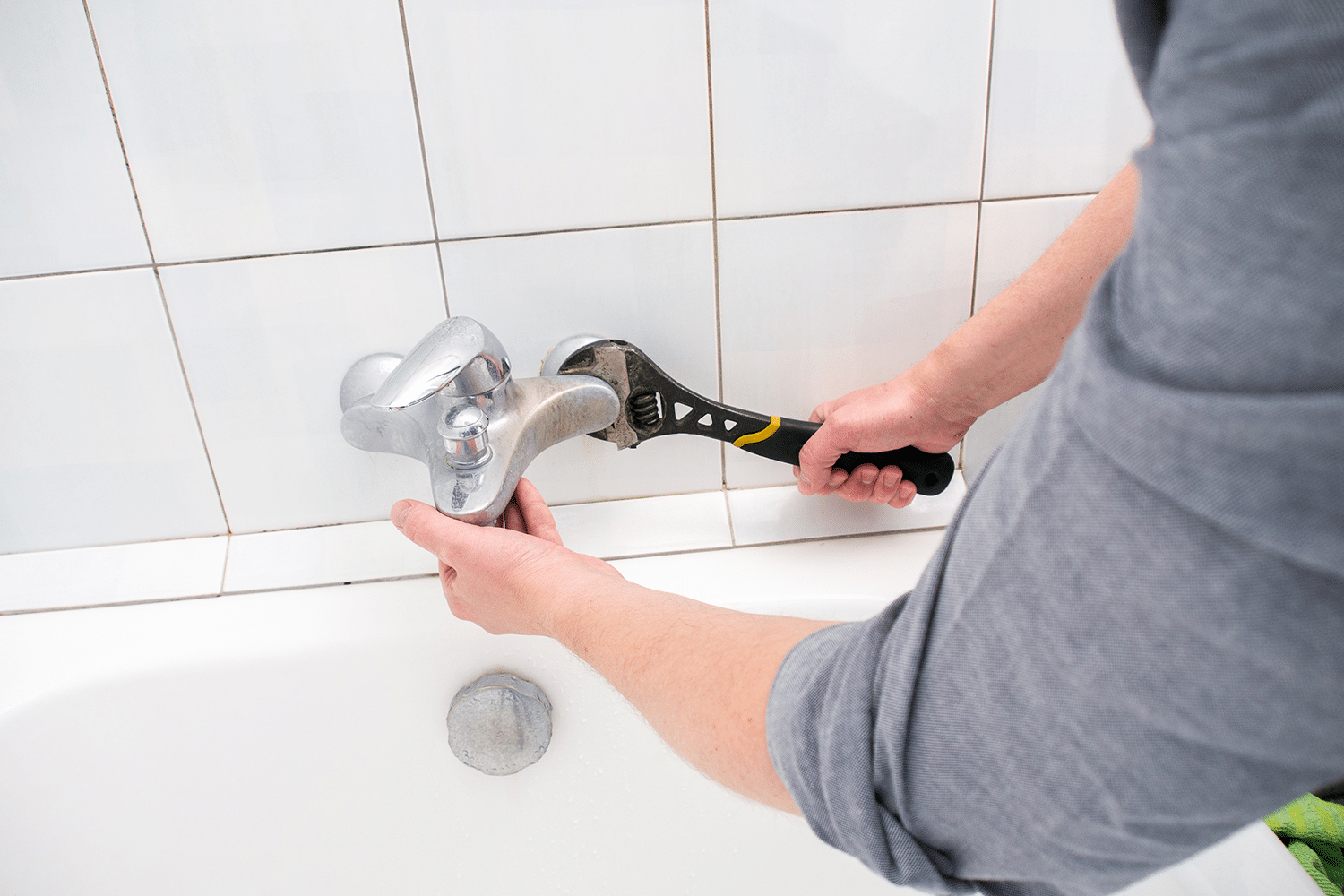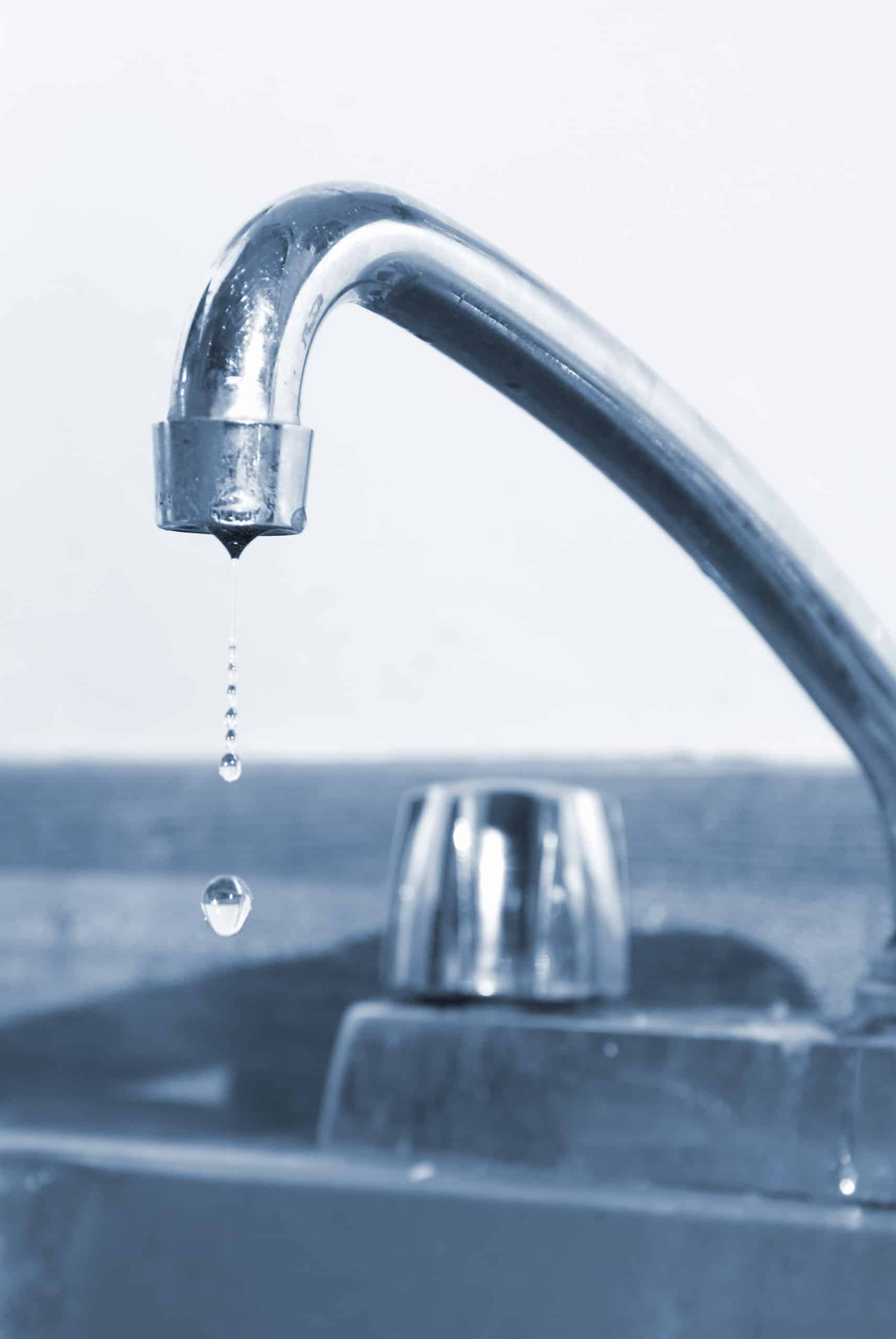Uncovering the Relevance of Repairing a Malfunctioning Faucet
Uncovering the Relevance of Repairing a Malfunctioning Faucet
Blog Article
Right here further down you will find some good information with regards to Why It's Important to Fix Leaky Faucets.

Leaking taps may appear like a small inconvenience, yet their influence exceeds simply the nuisance of the sound. From drainage to incurring unnecessary monetary prices and health and wellness dangers, overlooking a dripping tap can result in numerous effects. In this write-up, we'll delve into why it's essential to resolve this common family concern quickly and successfully.
Waste of Water
Environmental Effect
Leaking faucets add substantially to water wastefulness. According to the Environmental Protection Agency (EPA), a single faucet dripping at one drip per second can waste more than 3,000 gallons of water each year. This not only strains water sources but likewise impacts communities and wildlife based on them.
Step-by-Step Guide to Taking Care Of a Dripping Faucet
Tools Required
Before attempting to fix a dripping faucet, gather the necessary tools, including a flexible wrench, screwdrivers, substitute components (such as washing machines or cartridges), and plumber's tape.
Common Tap Issues and Their Solutions
Determine the type of tap and the details concern triggering the drip. Common issues consist of damaged washing machines, rusty valve seats, or faulty O-rings. Describe maker guidelines or online tutorials for detailed advice on repair services.
Financial Expenses
Increased Water Expenses
Past the environmental effect, dripping taps can pump up water costs significantly. The gathered wastefulness gradually equates into higher energy expenses, which can have been stayed clear of with prompt repairs.
Potential Residential Or Commercial Property Damage
Furthermore, prolonged leaking can lead to damage to components and surfaces bordering the tap. Water build-up can cause staining, deterioration, and also architectural concerns if left neglected, resulting in extra fixing expenses.
Health Issues
Mold and Mold Growth
The continuous visibility of dampness from a trickling tap produces an excellent atmosphere for mold and mildew and mold growth. These fungis not just jeopardize interior air quality yet additionally present health threats, particularly for people with respiratory problems or allergies.
Waterborne Illness
Stationary water in dripping faucets can come to be a breeding ground for germs and various other virus, enhancing the risk of waterborne conditions. Impurities such as Legionella germs prosper in stationary water, possibly causing serious health problems when consumed or breathed in.
DIY vs. Specialist Fixing
Pros and Cons of DIY Repair Service
While some might attempt to deal with a trickling tap themselves, do it yourself fixings feature their own collection of challenges. Without appropriate expertise and tools, DIY attempts can worsen the concern or lead to incomplete repair work, extending the issue.
Advantages of Working With a Professional Plumber
Hiring a specialist plumber makes sure that the underlying reason for the dripping faucet is addressed successfully. Plumbing technicians possess the knowledge and devices to detect and fix faucet problems efficiently, saving time and lessening the threat of more damage.
Environmental Obligation
Private Payment to Preservation
Taking duty for taking care of dripping faucets straightens with broader initiatives towards water preservation and environmental sustainability. Every individual's actions collectively make a considerable effect on protecting valuable resources.
Lasting Living Practices
By prioritizing prompt fixings and taking on water-saving behaviors, individuals contribute to sustainable living methods that benefit both present and future generations.
Preventive Measures
Routine Maintenance Tips
To prevent trickling taps, carry out regular maintenance such as cleaning aerators, examining for leaks, and changing damaged parts promptly. Furthermore, take into consideration mounting water-saving gadgets or upgrading to more efficient fixtures.
Significance of Prompt Fixes
Dealing with dripping faucets as soon as they're observed stops further water waste and possible damages, inevitably saving both water and cash in the long run.
Influence On Building Value
Understanding of Well-Maintained Residential Property
Keeping a residential property in good condition, consisting of resolving maintenance problems like trickling taps, enhances its perceived value and value among prospective customers or tenants.
Influence on Resale Value
Qualities with well-kept plumbing components, consisting of taps, command greater resale worths in the realty market. Attending to leaking faucets can contribute to a positive impact during residential or commercial property inspections and settlements.
Verdict
Addressing a leaking tap goes beyond plain comfort; it's an essential step towards conserving water, reducing financial expenses, and safeguarding wellness and building. Whether with do it yourself repair services or expert aid, acting to fix trickling faucets is a little yet impactful way to advertise liable stewardship of resources and add to a much healthier, much more sustainable future.
How to Fix a Dripping or Leaky Faucet
A leaking faucet is one of the most common problems that homeowners encounter, but it being commonplace doesn’t make it any less annoying. The constant drip drip drip of a leaking bathtub faucet, showerhead, or sink tap can disturb your home’s serenity. Left neglected, a dripping faucet can also result in higher water bills and discoloration or mold growth in your sink or plumbing fixtures.
Fortunately, you don’t have to be a trained plumber to know how to stop a dripping faucet. With some basic tools, replacement parts, and a little patience, leaky faucet repair is a breeze. In this article, we’ll explain what causes dripping faucets and how you can fix them.
What Causes a Leaking Faucet?
Kitchen and bathroom faucets come in all manner of designs, but most involve some combination of valves, O-rings, seals, and washers. The O-ring is usually the weakest link, but any one of these pieces can wear down over time. Heat, moisture, temperature fluctuations, minerals, mold, and movement can contribute to warping and corrosion, breaking the watertight seal. This just comes with the territory of being a homeowner. Everything is always subject to wear and tear, and some component parts of your appliances and fixtures need to be replaced on occasion. At least replacement O-rings are cheap!
More rarely, dripping faucets can be a symptom of excessively high water pressure. Were this the case in your home, you would probably notice that the leak is not isolated to one faucet. Water pressure issues are harder to resolve on your own. We recommend contacting a professional plumber if you suspect your water pressure is too high.
How to Fix a Dripping Faucet
Pipe wrench or monkey wrench Allen wrench set Screwdrivers Old towel or rag Shut off the water.
Before you do anything, you need to turn off the water to keep from drenching your kitchen or bathroom. You should find a valve under the sink and against the wall. Once you’ve turned this valve, try turning the faucet on to confirm that the water source has been cut off.
If you can’t locate your local valve for the faucet you’re working on, you can always shut off the water to the house at the main valve. Of course, this will prohibit anyone from using the sinks, showers, or toilets while you’re working on the faucet that’s giving you trouble.
Plug or block the drain.
You’ll be disassembling the faucet and removing some small bits of hardware. Plug the drain with a stopper or rag to avoid the possibility of a small screw falling into your P-trap.
Take apart the faucet assembly.
There are several varieties of kitchen and bathroom faucets, each with its own manner of assembly. For detailed instructions on how to disassemble your faucet, you can refer to the fixture’s manual or contact the manufacturer. If you know whether you have a ball, disc, cartridge, or compression faucet, you can find detailed schematics online.
In general, you need to begin by removing the faucet handles. You might notice a small screw that you’ll need to remove with a screwdriver or Allen wrench. If you don’t see any visible securing hardware, it’s likely hidden under a decorative cap that can be unscrewed or popped off with flathead screwdriver.
Remove each piece methodically, consulting a schematic when necessary. Take notes or arrange the pieces in such a way to make it easier to correctly reassemble the faucet later.
Remove the cartridge.
Once you’ve removed the handles and securing hardware, you should be able to remove the valve cartridge or stem. Some cartridges will slide right out. Other faucet models will require you to loosen a nut with a pipe wrench before you can remove the valve stem.
Examine the exposed hardware.
With the cartridge or stem removed, inspect the component parts. Check the rubber O-rings for wear and tear. Also examine the seat washer for corrosion or other damage. These pieces are usually the responsible parties for a dripping faucet, but it’s worth inspecting the other component parts while you have the faucet disassembled.
Find replacement parts.
Once you’ve identified which faucet component has failed, find an identical replacement. Your local hardware store should have O-rings, seat washers, and other standard components in stock. If you have a luxury or uncommon faucet, you may have to contact the manufacturer for a replacement part.
It’s a good idea to take your old parts with you to the hardware store so you can compare them with the store’s inventory and be sure you’re purchasing the correct replacement.
Reassemble the faucet.
With your new parts in hand, reconstruct the faucet and handles. Don’t be tempted to overtighten screws or nuts. You might think this could create a better seal, but it can instead damage or bend a delicate part of the assembly and create a new problem for you.
Turn on the water and test the faucet.
The only thing left to do is test your work. Unplug the sink, turn the water back on, and try the faucet. Congratulate yourself on a job well done!
https://www.libertyhomeguard.com/how-to-fix-a-dripping-or-leaky-faucet/

Hopefully you enjoyed reading our part about Why Is It Important To Fix Your Leaking Tap/Faucet?. Thanks a lot for taking a few minutes to browse our posting. For those who appreciated our blog entry if you please remember to share it. I truly appreciate reading our article about Should I Repair or Replace a Leaky Faucet?.
Report this page